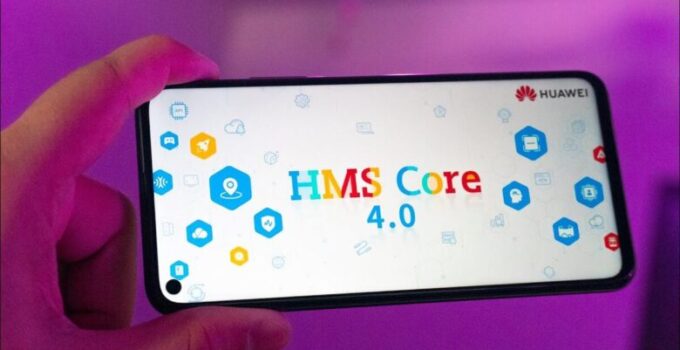What is HMS Core?
HMS Core (Huawei Mobile Services) is a collection of end and cloud open capabilities provided by HUAWEI Mobile Services (HMS, HUAWEI Mobile Services), helping developers to efficiently build high-quality applications. It is a set of applications provided by Huawei for its device ecosystem, and service. Developers only need to integrate HMS SDK to use Huawei’s multiple open capabilities.
Simply put, Developer.HUAWEI is used to provide basic services for mobile phones, such as cloud space, application market, payment wallet, etc. Corresponding to HMS is Google’s GMS, which is called Google Mobile Service in full.
First of all, we must know that domestic users hardly use GMS, but GMS is very important overseas. If GMS is not supported, it will be difficult to do so. Without GMS authorization, it means that the mobile phone cannot be pre-installed with Google applications, such as Google Search, Google Chrome, Youtube, Maps and other services and applications cannot be used. This will seriously affect sales in overseas markets. For example, without GMS, domestic users cannot use software such as WeChat. Therefore, it is obviously very important to have its own ecology. Therefore, the launch of HMS is of great significance to Huawei mobile phones.
Release HMS ecology globally
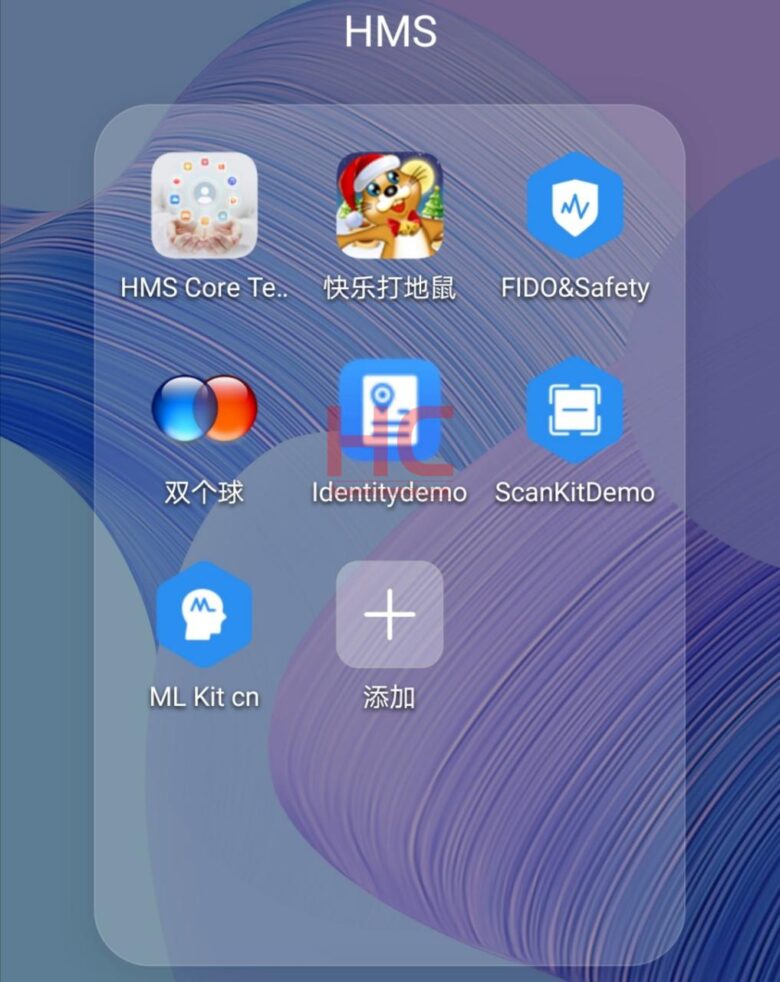
Source: huaweicentral.com
At the 2019 Huawei Developers Conference, Huawei released the HMS ecosystem globally for the first time. Huawei announced that it will fully open HMS core services, build an ecosystem with developers, and jointly bring a full-scenario smart experience to Huawei end users worldwide.
Huawei has opened 14 HMS Core capabilities, 51 services, and 885 API basic information, providing developers with full-scene capability opening. Developers only need to integrate HMS SDK to use Huawei’s multiple open capabilities, allowing developers to focus on Innovation, these capabilities and services will help developers gain more users and more active applications.
HMS Core provides a series of new functions for global developers. Among them, Huawei Map Service provides developers with 6 categories and 25 API interfaces, covering more than 150 countries and regions around the world, supporting more than 40 languages, and helping global developers to achieve Personalized map presentation and interaction; unified scanning code service can support identification of collection code, account login code, shared bicycle code, order code, courier code, ticketing code and other codes, the service can be directly applied to applications, fast applications, and fast services in one step Wait.
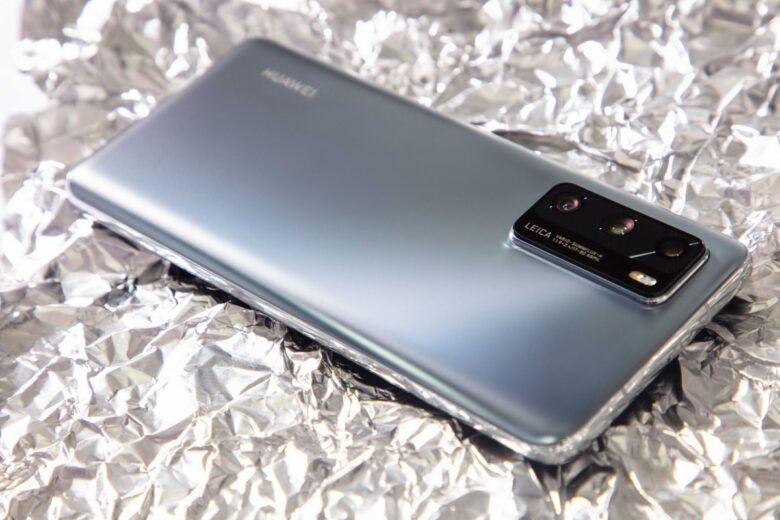
Source: xda-developers.com
Not only that, the original functions of HMS also provide service support for developers, from development, growth to profitability, to empower them in all aspects. With one-time access to the HUAWEI ID, users can log in on multiple terminals such as mobile phones, tablets, PCs, watches, large screens, and car machines, and cover more than 170 countries and regions around the world. The PUSH service provides developers with a reliable message push channel. It can be pushed according to different scenes, and supports texts, corner tags, ringtones, and large pictures, with an arrival rate of 99%.
For now, it is the bottom layer of the operating system, and HMS Core is an intermediate suite based on the operating system and apps. Now HMS Core runs on Android . Of course, I think it should be smoother to switch HMS Core from Android when Huawei comes out. After all, it is all from Huawei.
Its core role is HMS, a domestic messaging service platform led by Huawei, compared to Google’s GMS. The message notifications of many apps on your Android phone are pushed to the system by this push platform and then distributed to an app for specific message push, instead of the application downloading and obtaining it in the background through the Internet and then popping up the message notification. The biggest advantage of this method is unified management + power saving.
Core Services
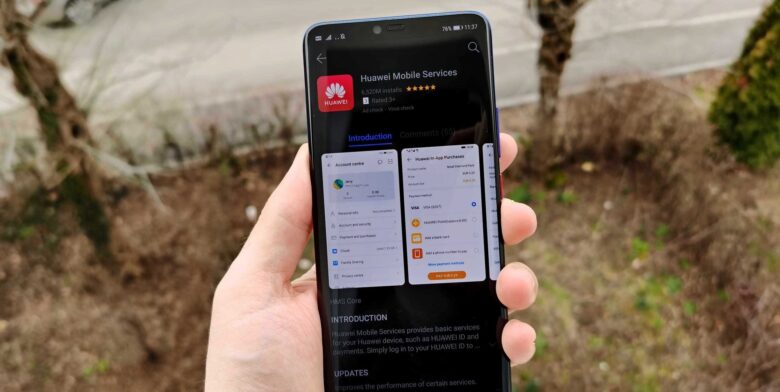
Source: androidauthority.com
HMS Core (Huawei Mobile Core Service) is Huawei’s core service system. As a user, I am more concerned about whether it can help developers to quickly migrate Android applications developed by developers to the system. The second aspect Whether the system is the same on the development side as the Android side, can it be developed with Android development experience, because after all, both Android development and IOS development were a subject, and many training institutions and related universities offered such courses to further come learn this technology!
This year, Huawei was unable to use related services provided by Google. HMS responded quickly and received positive responses from many developers around the world. In order to achieve more convenient message push, HMS Core has made a lot of open support.
In May 2019, affected by the “entity list”, Google announced the suspension of some business dealings with Huawei. Except for the Android open source license, Google ceases to provide Huawei with all hardware, software and technology transfer services, including GMS (Google Mobile Service, Google Mobile Service Framework). In August 2019, Huawei announced at the Huawei Developer Conference (HDC) that the HMS ecosystem will be fully opened, and the “Glory Star Project” will be fully launched at US$1 billion to create an innovative ecosystem of smart digital cloud services.
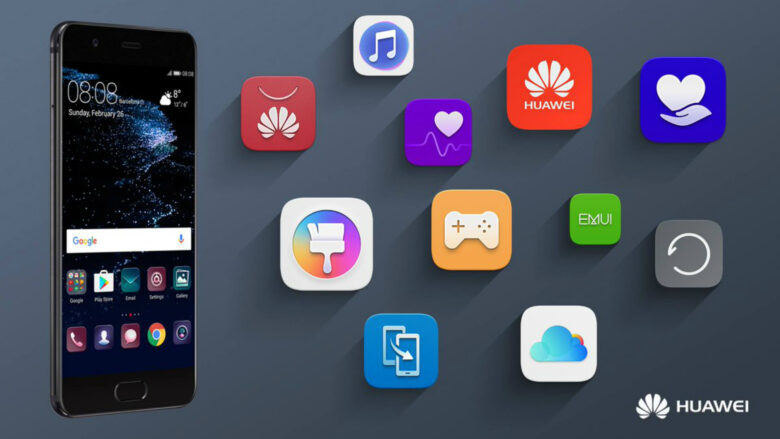
Source: androidauthority.com
In August 2019, Huawei’s HMS Core 3.0.0 version was launched, adding core services such as location services, cloud space services, and game services. In October 2019, Huawei HMS Core 3.0.2 version was launched, adding unified code scanning services and security detection services. In January 2024, Huawei’s HMS Core 4.0.0 version went live, adding context-aware services, digital copyright services, machine learning services, online fast identity verification services, sports health services, user identity services, near field communication services, panoramic services, Location service, dynamic label manager service.
The development process that developers want to achieve is also relatively clear. Developers can choose the self-service access to the required services on the Huawei Mobile Service Network. The specific steps are as follows: first step: registration; second step: docking with HMS SDK; The third step: coding; the fourth step: testing; the fifth step: application review, published in AppGallery. So for this aspect of Huawei’s business system, what else do you have no idea about, you are welcome to leave a message in the comment area for interactive communication!

